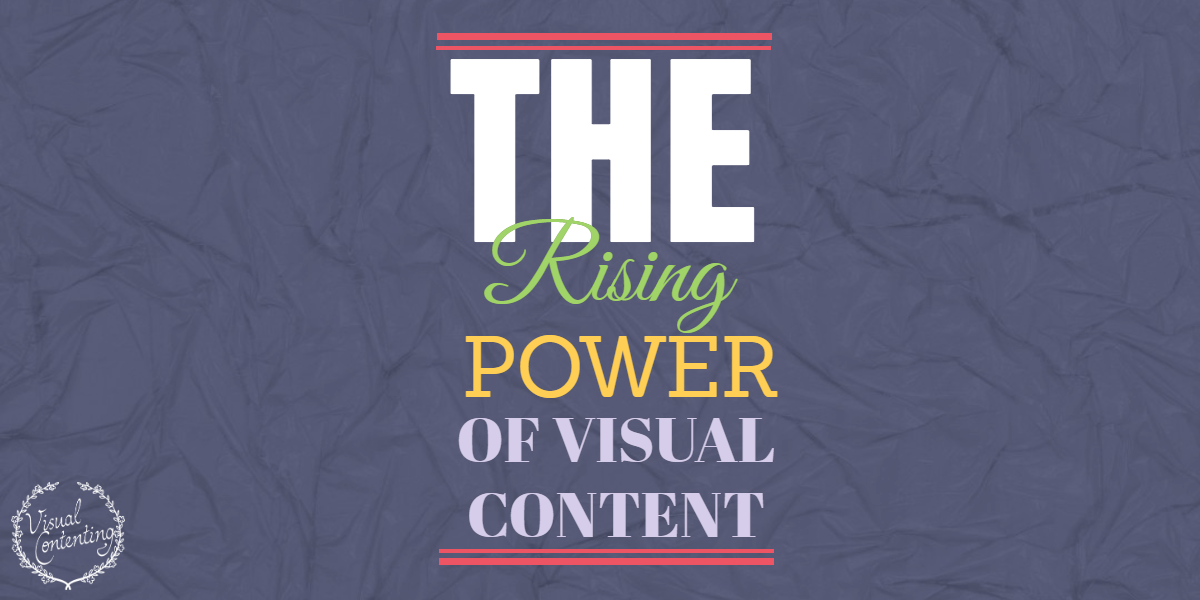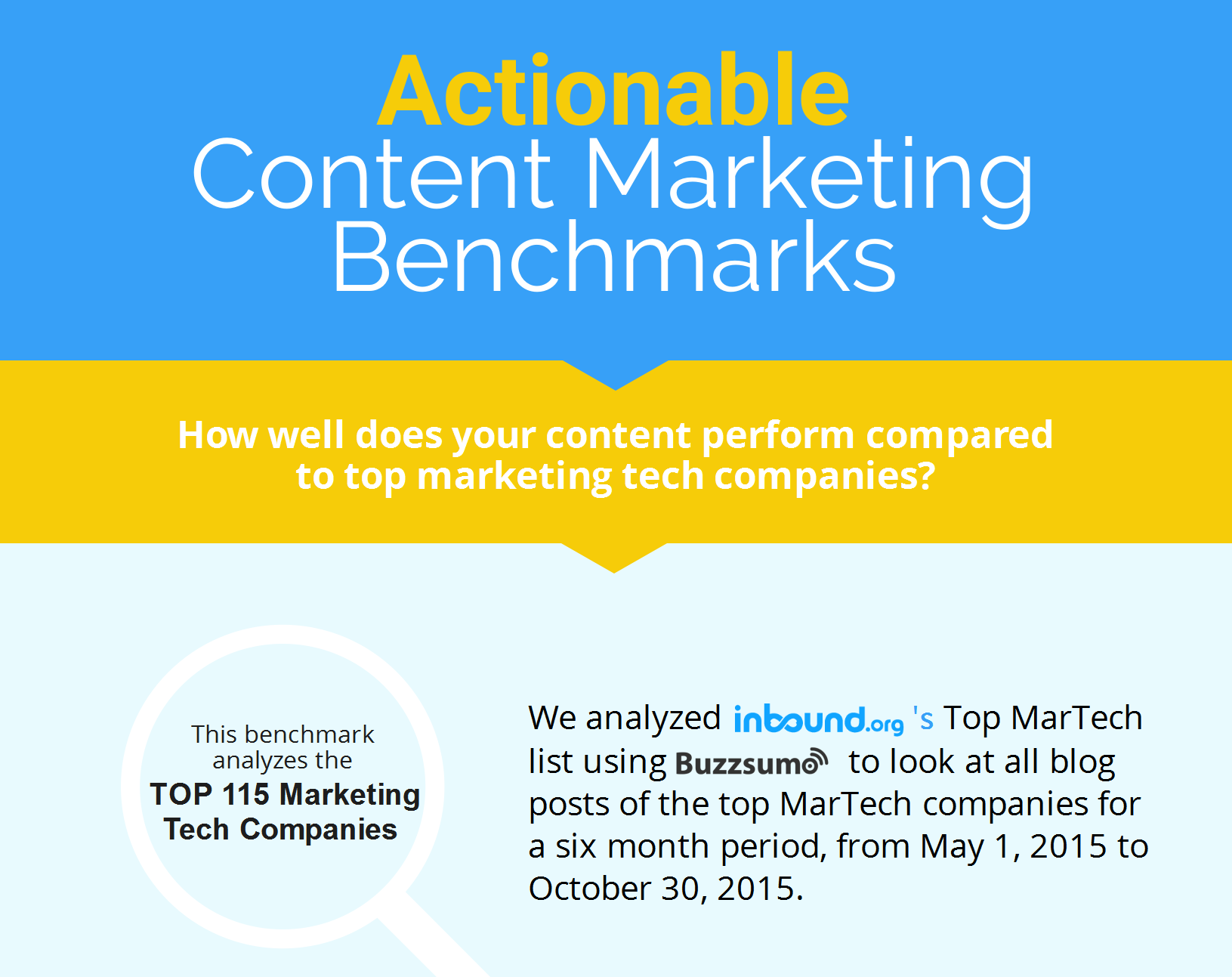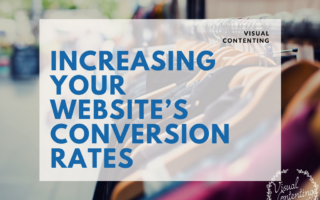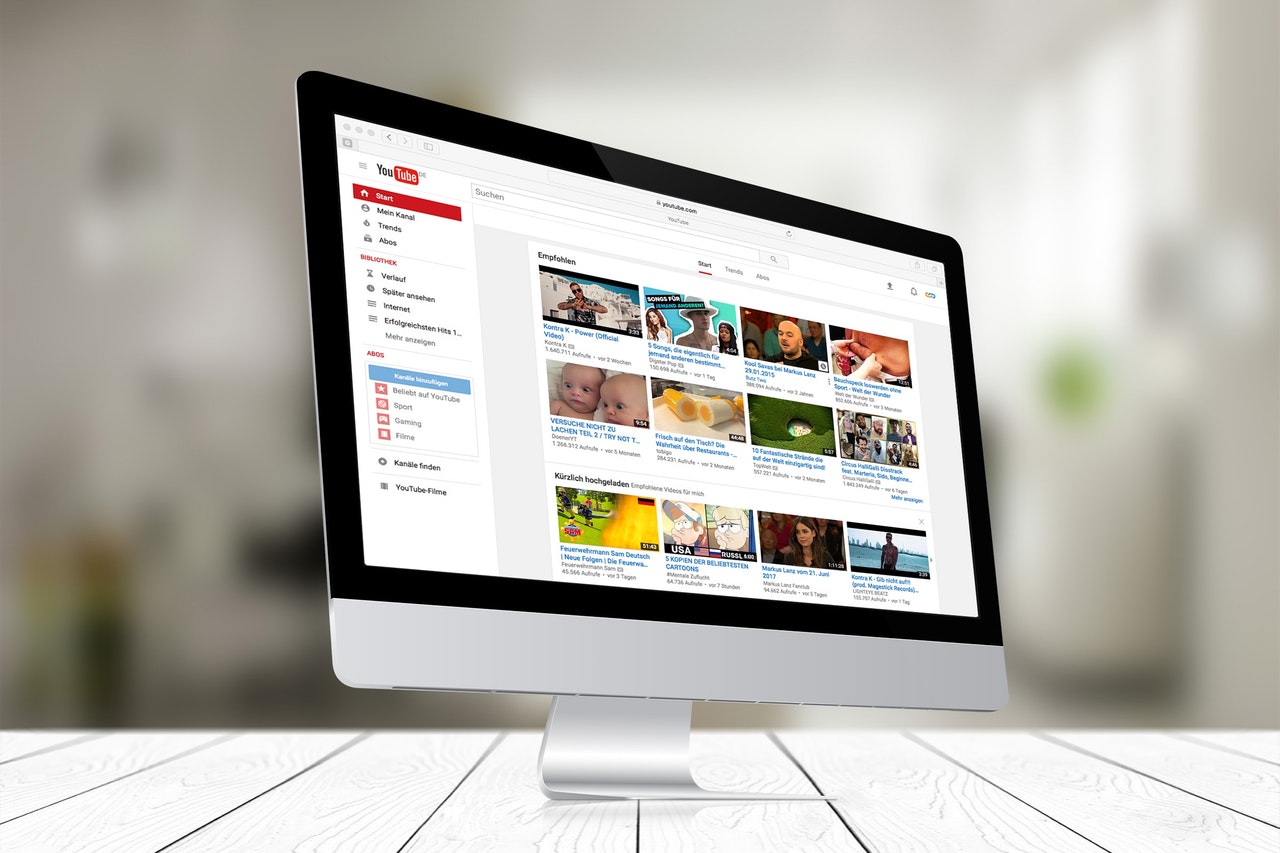By now, you've probably heard all the statistics on the power of visual content and how well people respond to visuals, particularly on social media. However, knowing it's a powerful tool and figuring out whether or not your brand should implement visual content are two different beasts. When you take a step back and look at the rise in the popularity of visual data, however, the picture becomes clearer. You simply must add visual content if you want to be competitive in today's crowded business marketplace.
Consider the following factors when adding more visual content to your marketing plan.
The History of Visual Content
Visual content isn't anything new. Photographs have been around for decades, and before that, people painted portraits. Advertising may have been on paper, but visualizations were still very much needed in the world of marketing. However, there was an explosion in visual content once the internet became popular with mainstream America and beyond.
Experts estimate that people took about 3.8 trillion photos from the beginning of photograph capability until 2011. However, in a modern world where every smartphone comes equipped with a camera, about 1 trillion pictures per year are taken. That's massive when you think about the many decades before that it took to hit a few trillion photos. The internet drives most of this content, particularly social media sites where people post images with the press of a button on their mobile devices.
What Visual Content Provides
This kind of content offers a way to tell a story without using very many words. They say a picture is worth 1,000 words, but what about a video? One study found that one minute of video is worth 1.8 million words.
Marketers convey a message quickly via video, and people absorb that information better. Video content provides a way for businesses to inform and educate the consumer. It's also a form of self-expression for millions of people around the world, allowing them to share snippets of their lives with family and friends.
Benefits of Visual Content
Visual content has a number of benefits, but businesses seem to benefit the most. Around 60 percent of digital impressions are images, so marketers are turning more and more toward digital assets to pull in new customers. People tend to respond better to visual assets, creating a stronger return on investment (ROI) and better engagement with consumers.
At the same time, though, people don't want to feel like you're pushing a hard sell. There must be a balance between art and product. How can you tell a story with a single image that will make the consumer want to buy your product?
The Science Behind Data Visualization
Why is visual content so successful? Humans are wired to process information visually. As much as 85 percent of a person's ability to learn as well as perceive and process information is through their vision. Our brains process images faster than they do words on a page. On top of that, people's attention spans are growing shorter.
At the turn of the 21st century, people had an average attention span of 12 seconds, but today's youngest generation — Gen X — has a shorter attention span of about 8.25 seconds. One reason is that they need to process all the information coming at them quickly. Since the brain can process a photo in milliseconds, visual strategies are a smart way to get information to younger generations in particular.
How to Create Your Own Visual Content
What if you're a small operation and don't have unlimited funds to create slick videos and lengthy infographics? Perhaps you're just getting started in graphic design and know your clients need more images to attract their target audiences, but you don't have the budget to hire out for visual content. Fortunately, there are a few tools you can use to get started that allow for a professional-looking design without you breaking the bank.
For example, Canva is a platform where beginners or advanced designers create visuals for websites and social media. You can even develop infographics, memes for social media and logos on the site. Start from a template, use their images or your own and even insert your own color palette. Canva is free to use, but if you want more advanced features, you'll need to sign up for a plan. You can also buy royalty-free stock photos directly from the site by inserting them into your design.
Of course, you can also utilize Photoshop and other design tools to create beautiful images, take photos of the products in use, capture photos from a variety of angles or use stock photos in a pinch (though it's best to have personalized visuals).
As for videos, start small. Have one of your well-spoken employees show how the product is used or create a tutorial. You can even shoot the video from your smartphone and upload it directly to YouTube. The key is to get the information out there. As your business grows, you can create more professional-looking videos.
Accessibility Concerns
When you're creating content for the web, don't forget about accessibility for those with vision impairments. It's important to add alt tags to images and clear descriptions of videos. You may even be required to do so according to accessibility standards. So it's a good idea to get into adding information that will allow everyone to enjoy your website. As for social media, you can add a short description in the caption of a photo. That way the user knows what the picture is of.
Visual Content in the Future
Visual content is not a passing phase. It's been around for centuries and will continue onward. As more and more people get the latest smartphones with the best imaginable screen resolutions, expect to see marketers using more visual content than ever before.
In the next couple of years, keep an eye on the trends. It's easy to predict that videos will continue to grow in popularity, but what types of videos? Will they become even shorter or more in-depth? Take the time to study what the top marketers trend toward, and you'll better know what might work for you and your clients. One thing is certain — you'll need to increase the visual content you produce.
Related Posts
Lexie is a designer and typography enthusiast. She enjoys writing HTML code and creating new styles guides. In her spare time, she works on her design blog, Design Roast.







